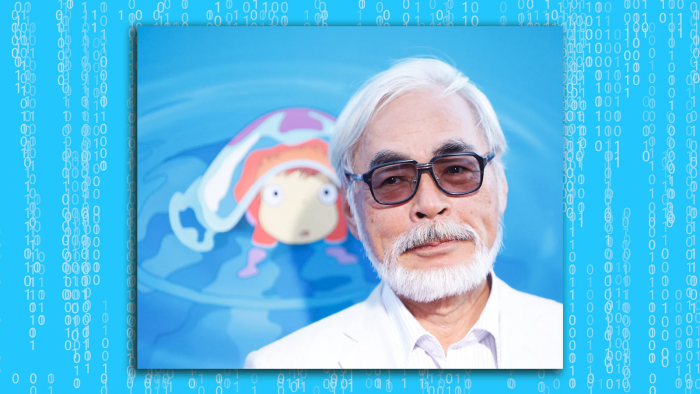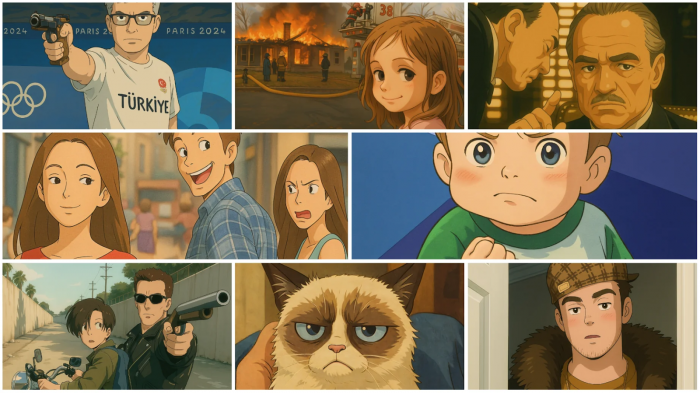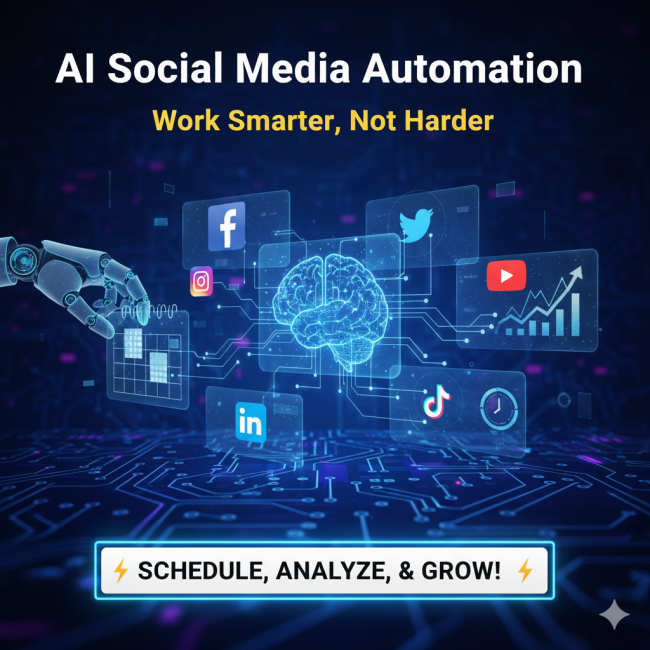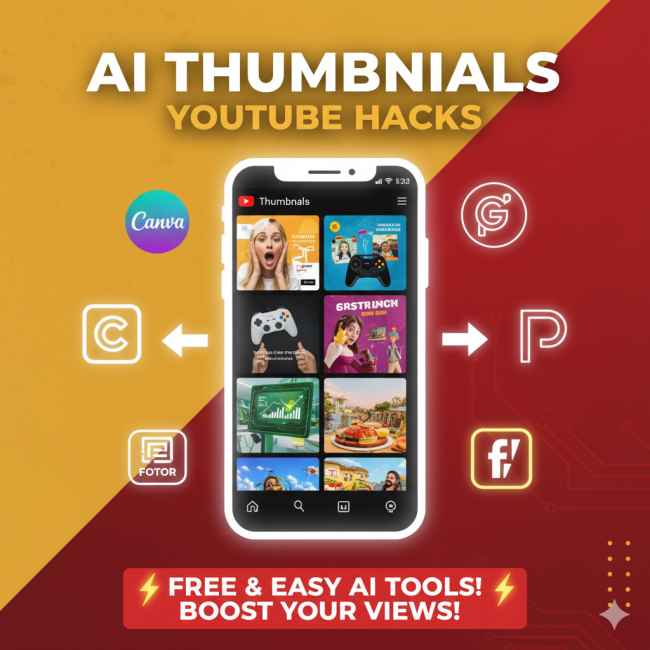Table of Content
What Is Ghibli-Style?
Ghibli-style isn't just “anime-like.” It's cinematic poetry in motion. It’s the breeze swaying long grass in My Neighbor Totoro, the crumbling war ruins in Howl’s Moving Castle, or the soft, ambiguous sadness in Spirited Away. The studio’s co-founder, Hayao Miyazaki, is famously against shortcuts, especially ones that mimic human creativity through automation. In his words, “I strongly feel that this is an insult to life itself.”
So when AI mimics this style, it’s not just art reproduction—it’s imitation of a feeling. The question is: Can a machine truly understand what it's imitating?

Understanding the Ghibli-AI Obsession
There are now dozens of AI platforms offering “Ghibli filters”; some turn your selfies into soft-focus portraits, and others reimagine your dog as a forest spirit. These tools are slick, fast, and incredibly accessible. But this article isn’t about how to use them.
Instead, it’s about what they represent.
Because underneath every glowing frame is a pipeline of data, machine learning models, and, yes, your face.
Is This Just Art, or Are We Automating Intimacy?
At first glance, it's harmless: a photo turned into a dreamy painting. But zoom out. Every time we use such tools, we feed data into black-box systems. Some ask for camera access. Others request multiple angles of your face. Few will tell you what happens to that data once it leaves your screen.
That Ghibli avatar you made? It’s not just art, it’s training material. The more we engage, the more we train AI to replicate us. The line between “style transfer” and “identity modeling” is razor-thin.
It’s Not Just a Selfie: The Biometric Trail Left Behind
Experts are already warning about biometric threats. Face data, especially when combined with location or device info, is extremely valuable. It can be used for:
- Surveillance algorithms
- Predictive behavior modeling
- Unauthorized identity replication (deepfakes)
And yet, most tools don’t ask for informed consent. The interface is cute, but the backend might be quietly archiving faces for uses we don’t yet understand.
More Than a Filter: The Future We’re Training

Let’s talk about the bigger picture.
AI-generated art isn’t a one-off trend—it’s part of a shift where human creativity is being augmented (or replaced) by algorithms. And as this becomes the norm, we may soon see:
- Designers replaced by prompt engineers
- Artists retraining as AI curators
- Studios' licensing style rather than hiring illustrators
Already, animation companies are experimenting with AI for concept art. If you can generate 100 Ghibli-style images in 10 minutes, why wait for an artist’s sketchpad?
This isn’t fear-mongering—it’s what automation always does: it reshapes labor.
Dependency Dressed as Creativity?
There's a creeping question no one wants to ask:
Are we becoming dependent on AI to imagine beauty?
What once took years of practice and personal expression is now distilled into prompts and presets. While it democratizes access to art, it also risks flattening originality because models are generated based on patterns, not ideas. Over time, we may see a flood of similar-looking, emotionally shallow content.
Worse, we may forget how to create without a machine.
Should We Stop? Not Quite. But Let’s Pause.
This isn’t a call to abandon AI art. It’s a reminder to stay aware. To understand that behind the soft filters and cinematic charm lies a system that learns from us—and sometimes learns too much.
If you want to explore Ghibli-style AI, do so with mindfulness:
- Don’t upload anything you wouldn’t want stored forever.
- Avoid tools without clear data policies.
- Know that style is not just visual; it’s emotional. Emotions, when digitized, can be misused.
Ghibli’s magic lies not in how it looks but in what it feels like. AI can replicate the former. The latter is still ours to protect.
This trend isn’t about fantasy, it’s about control, memory, labor, and identity. It’s about a new world where even our nostalgia is datafied, stylized, and sold back to us.
Post Comment
Be the first to post comment!
Related Articles

How I Automated My Whole Day Using Simple Tech Hacks
Nov 29, 2025


